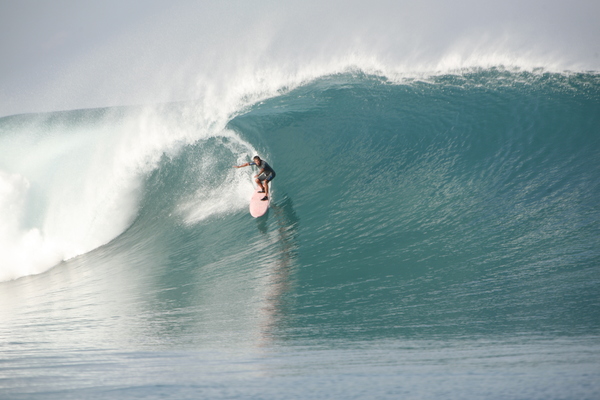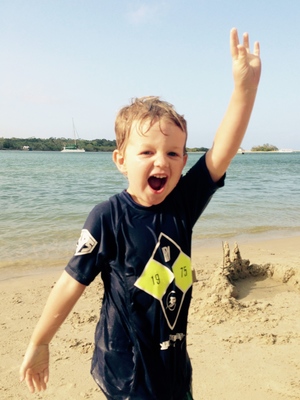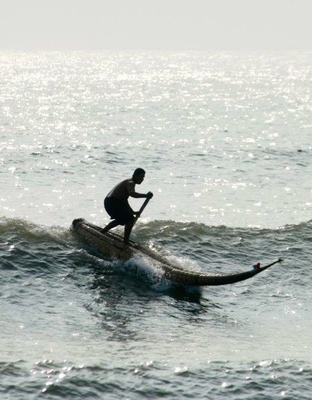By PHIL JARRATT
ALTHOUGH I’m not that big on usurping the cultural celebrations of others, I’ve always identified more with Thanksgiving than with the other massive economic stimulus package masquerading as a religious celebration that’s soon coming up.
And let’s face it, in today’s sorry world the idea of a couple of Middle Eastern appearance looking for a place to have a baby is unlikely to have a happy ending.
When we lived in America we were invited to some wonderful Thanksgiving dinners – none more so than one on a chilly night in the Palm Desert where we sat at a table groaning with turkey and other delights and watched a blood red sunset as each of us gave thanks in turn, not to a god or deity of any description, but simply for being.
Maybe it was thanks for having survived a health crisis, or thanks to a partner for hanging in there in good times and bad. Or just for the friends at table.
In the lovely words of the old Irish toast: here’s to the roof above us, may it never fall in; and here’s to the friends below it, may they never fall out (and giving thanks around the table certainly provides the opportunity to drink many toasts).
So it was wonderful to be home again and among old friends and new last week for a splendid Thanksgiving dinner in a gorgeous bushland setting. We ate and drank well, and as the conversation flowed I felt we had so much to be thankful for – health, children, grandchildren, friends, Noosa.
Yes, Noosa. I hate it when people travel and come back here and say nothing else measures up. It reminds me of that spoof tourism slogan: Australia – everywhere else is crap. We will always travel. I get claustrophobic, I yearn to go to new places and revisit places I love. It’s in the DNA. But sometimes it’s so good to come home.
A few years ago on the beautiful Channel Island of Jersey we came across a park bench overlooking the ocean, on which a plate had been inscribed in memory of the words of a regular occupant, now deceased. It read: “It’s nice ’ere, innit?”
As we walked along the river, paddled the Frying Pan, cycled to town, swam at Dog Beach, caught a few tiny waves with old mates at Access 11, and shared the joy of our grandkids as we enter another summer of long beach days and barbecue nights, those words resonated with me.
It is nice here, innit?
King of the caballitos
Although surfboard riding is widely held to have developed from the pagan rituals of the ancient Polynesians as they migrated east from South Asia into the Polynesian Triangle, perhaps as early as 200BC, there is another school of thought that suggests surfing is even older. In Peru archaeologists have discovered pottery shards from more than 3000 years ago that depict a wavecraft known as the caballitos de totora (little reed horses) used by pre-Inca fishermen to paddle out into the ocean to set their nets, then ride back into shore.
Although there is an ongoing argument as to whether the caballitos are boards or boats, the tradition is still very much alive in modern Peru, particularly around the beaches of its ancient birthplace, the World Surfing Reserve of Huanchaco. And guess what? The king of the caballitos is coming to the Noosa Festival of Surfing.
Carlos “Huevito” Ucanan is a descendant of the original caballito surfers, and still builds and rides reed surfboards in Huanchaco today, and is acknowledged as the master of the difficult art of riding them.
Huevito, who has never travelled outside of Peru, will be a special guest of the festival, demonstrating his skills over the Noosa Heads Surf Club Waterman Weekend that will open the festival from 4 March. Huevito will be accompanied by Carlos Antonio Ferrer, chairman of the Huanchaco World Surfing Reserve, and Felipe Pomar, Peru’s 1965 world surfing champion.
Felipe, also making his first visit to Australia, is said to be the fittest surfer in the world, weight for age. At 72, he still surfs at least four hours a day, dividing his time between homes on the North Shore of Oahu, Hawaii, and his secret retreat in the Eastern Indonesian Archipelago.
The waves in both these places are not for the fainthearted.
The Peruvian who beat Nat Young for the world title in big waves at Punta Rocas half a century ago also famously survived a tsunami in the late 1970s when he and a surfing buddy were sucked out to sea and had no alternative but to ride the monster swell back in.
The Peruvian visit is a collaboration between the festival, the recently-declared Gold Coast World Surfing Reserve, and the Noosa National Surfing Reserve. More details soon.
Sponsors needed
The award-winning Noosa Festival of Surfing has been getting plenty of accolades of late, but what it needs right now is the support of commercial sponsors. We keep being told that Noosa is booming, but the event tourism strategy that has played such an important role in evening out the economy year-round has taken a couple of body blows this year, with the food and wine festival going under.
Celebrating its 25th anniversary in 2016, the world’s biggest surf festival will not go under, but without the support of local business, it will struggle.
The festival management has great packages to suit all marketing budgets, so email Sam at info@noosafestivalofsurfing.com if you’d like to know more.









